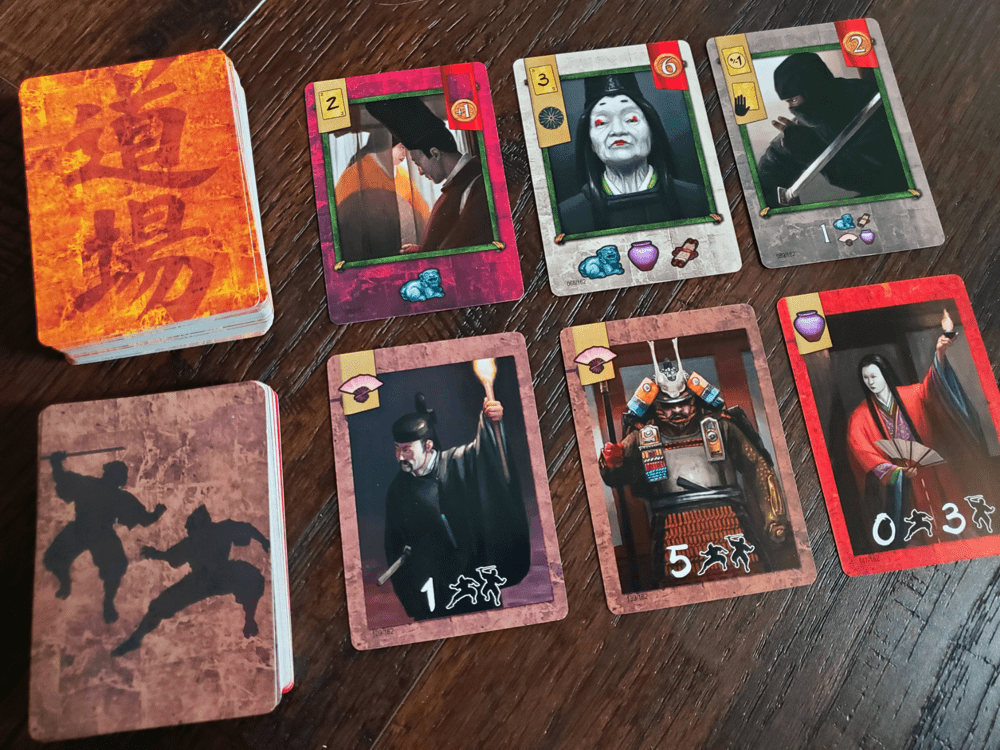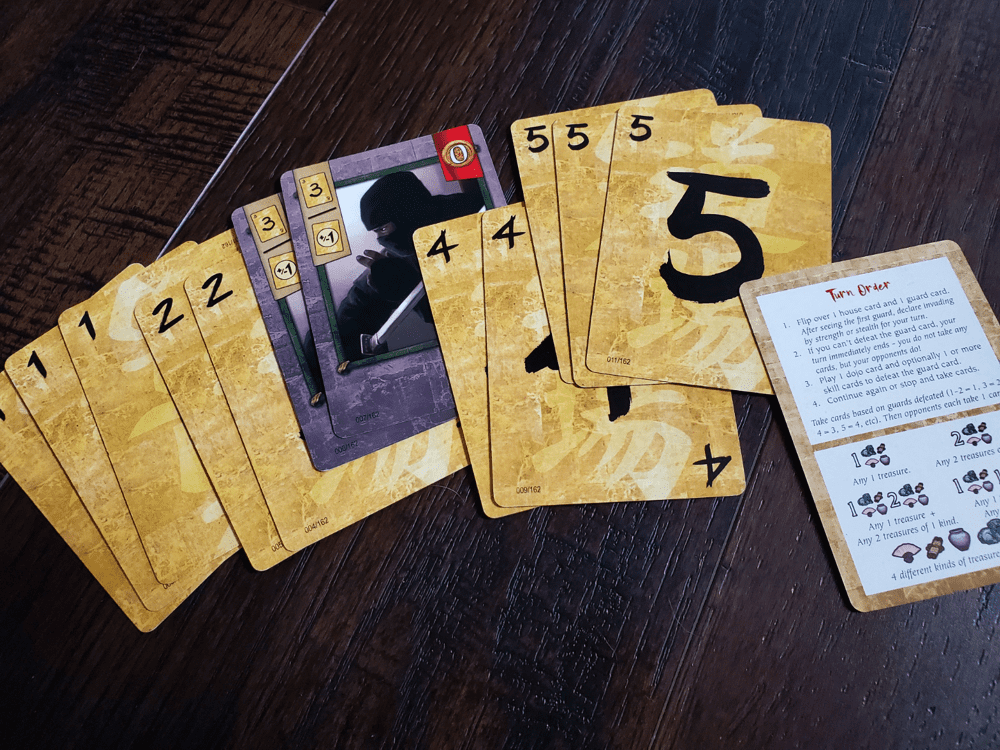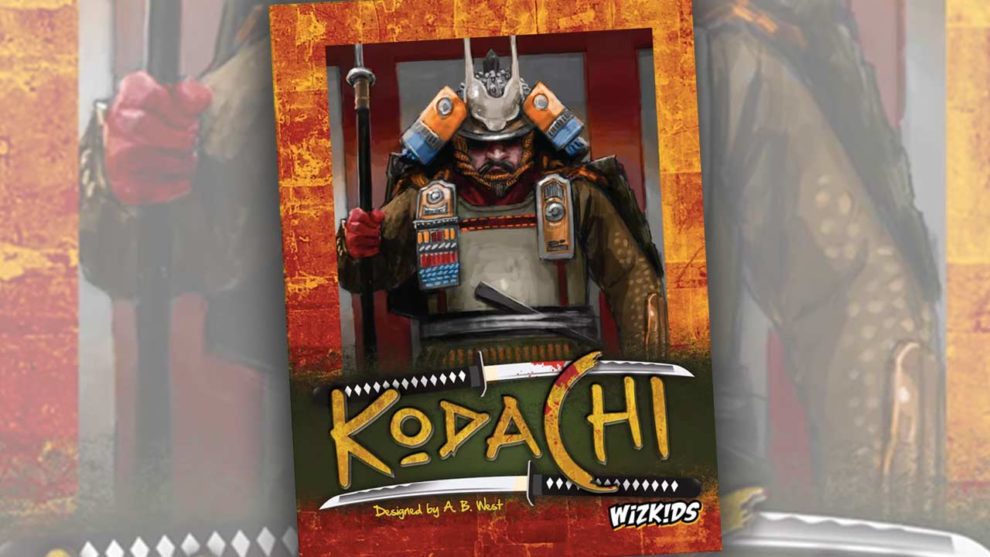Sequels like 2022’s Top Gun: Maverick make sense. Bigger. Faster. Stronger. Enough years have passed that it’s clearly not a hollow cash grab (though I would hardly remove it from the cash grab continuum entirely). Largely the same movie, but with several performance-enhancing injections to raise the stakes and cement the legacy. It helps that it was a pretty solid and faithful action flick and not a total disaster like the late additions to other high-profile films and franchises (I’m looking at you, LucasFilm).
Board games often take the opposite approach. Sequels, reboots, and reimplementations—as opposed to straight expansions—get smaller, faster, sleeker. They get dry-erase markers and take up less room on the shelf. I have no problem with this. In fact, I find it fascinating. Designers pore over their work and condense, distill, and otherwise prune until the essence of the game bursts forth in a new form, like Raiders of Scythia or Joan of Arc. A title’s legacy takes shape in a different way—hopefully one that doesn’t feel too much like a cash grab.
Kodachi was released eight years after its older sibling, Ninjato. The story, now limited to a blurb on the first page of the rulebook, indicates that it is a sequel, bringing the ninjato sword out of retirement to once again help the ruling clan. Only this time it is a kodachi blade—short and swift, but equally deadly. Designer Adam West is again at the helm, this time with publisher WizKids. There is no mistaking the link between the two games, but can the younger best the elder?
After the Gempei War…
Kodachi is a push-your-luck deck building card game of house invasions, treasure collection, and societal intrigue. Players begin with identical decks of 12 cards bearing numbers 1 through 5. The number three cards show a ninja and double as Skill cards, altering the value of another card by ±1.
A turn begins by revealing one card each from two decks in the center of the table. The Guard deck contains brown-backed guards and red-backed elite guards. Players see which type is coming, but they do not know the guard’s value until the card is flipped. After seeing the first card, the player decides whether to attack by stealth, playing a lower card, or strength, playing a higher card. Once chosen, the turn must continue in the same vein.

Once a guard is defeated, the player chooses either to continue by flipping one more card from each deck or to stop. A loss results in a busted turn. After stopping voluntarily, though, the player claims a number of cards from the display equal to one less than the number of guards defeated. Even in the case of a single victory, the player claims one card. The guards then double as treasures that can be claimed for free. The cards from the House deck come with a cost of treasure, but they unleash the remainder of the game’s intrigue.
The House deck is a mixture of Skills, Envoys, and Rumors, each of which contains both a number for use in invasion and a specialty. Skills offer potential boosts in the fight—drawing extra cards, switching fight tactics, and modifying card values. Envoys grant the owner a clan token worth a number of points if used successfully to defeat a guard. But the Envoys are mid-value cards, meaning they are never a sure thing in a fight. Rumors offer endgame scoring bonuses based on the numbers and types of cards acquired during the game.
Once the active player has claimed their cards (or not, in the case of a bust) every other player has the chance to claim one card from the display. Every card claimed from the center is added directly to the hand, which is great. But depending on the number of cards revealed during the turn, it’s possible not everyone will get a card. No one ever said ninja life was fair.

Players have the option of discarding any number of cards at the end of a turn before drawing back up to a hand of six. This is a substantial gift when a hand seems fit neither for stealth nor strength.
The clan tokens are numbered 2, 4, and 5. As the Envoy cards are employed successfully during invasions, the tokens are available to claim from lowest to highest. When either one player gathers four tokens or the entire lot of clan tokens is claimed, the game ends once players have had an equal number of turns. Some individual cards have a point value, and the remainder of the points then come from the Rumor cards.
The short sword
Kodachi is a fantastic little card game for the push-your-luck fan. The decision to continue is made on the back of good information. Players know their hands and whether they are able to defeat the most extreme cards. Players also know whether the coming guard is ordinary or elite. Players know what treasures are available, which they might like to have, and how they might spend them. It is the proper recipe to create tension, sometimes starting with the second guard. Knowing that everyone else at the table will potentially get a card regardless of your success or failure also whispers menacingly in the ear.
To boot, Kodachi is interesting even as a deck builder. Having the cards come directly into the hand adds flavor to the marketplace. There may be a card in the row that would serve your current hand well, maybe bolstering cards perfectly tailored for strength. But there may also be a card that would serve the endgame, granting a point each for all the Skill cards you’ve been chasing. Perhaps a wild gold resource is still available, making you wonder if you ought to save a bit of treasure to go wild purchasing on another turn—provided you can win. One way or another the deck takes on a personality and plays out for success or failure.
The Envoy cards are maddening in the best way. Often bearing a lukewarm three, they are not particularly reliable for either strength or stealth, yet they are worth points and may deliver one of the game’s nine clan tokens. But do you really want the two-point token? Wouldn’t you rather let someone else take it so you can swoop in for the four or five-point token? Is there even time for such a thought?
The Rumor cards cannot be ignored. If you build a deck of Skill cards, you should jump at the corresponding Rumor card—the Skills aren’t valuable enough on their own. If you’ve managed a few Envoys, which score well, why wouldn’t you also want the matching bonus? Better yet, why not grab Rumor cards that give bonuses for Rumor cards that double down on themselves? It’s like standing in the breakfast cereal aisle when you know you want something out of every box.
Multi-use cards are just plain fun, and these read well. The iconography is clear and the cards aren’t too muddy despite the fact that both top corners and the entire bottom contain relevant information. The realistic artwork is lovely and serves the game’s genre well. The 30-45 minute play time feels just right. You can’t argue with the box size. The rulebook is OK overall with a solid set of references on the back page.
Like I said, Kodachi is a winner. But can it defeat its older sibling?
About that ninja consommé
It’s funny. After I played Kodachi for the first time (and then immediately the second time), I could almost see dust beginning to collect on Ninjato. Kodachi takes the most satisfying mechanic of the original—the push-your-luck invasion—and places it at the center with a massive spotlight. Not only that, it condenses the five original decks into two by giving all of the cards multiple uses. It draws every player into every turn by allowing for card acquisition. Why not embrace the youngster?
Then I played Ninjato again, half wondering if it would be the last time, and the dust was swept away. While Kodachi scratches those primary itches, it cannot weave the same tapestry as the big board. Ninjato’s strategic emphasis on winning specific houses for specific clans, coupled with the challenge of visiting different sites for different purposes, remains unscathed by the small box. The original gives every mechanic room to breathe and assert its importance, all the while taunting players’ inability to be everywhere at once. Kodachi takes steps toward that omnipresence by blending cards, but Ninjato celebrates each distinct function and forces the player to choose.

These are both solid games.
They are clearly related. I imagine WizKids saved a fortune on art development because images are recycled between the two. The Dojo cards are very nearly the same. The clan tokens are the same. The cartoonish treasure icons are the same. Plus, by the time you eliminate the board and the oversized wooden shuriken tokens, Kodachi boasts a cost-effectiveness that cannot be denied. I miss the historical detail of Ninjato, but I can hardly fault a card game for failing to provide multiple pages of narrative context.
In my heart, I want both Ninjato and Kodachi to stand alone because I am drawn to each for their own merits. If I had to choose one, it would not be because one is better or worse, but rather because of the type of game I enjoy and the availability of players in my life. Ninjato boasts a depth that Kodachi cannot approach. For the 60-90 minute gamer who wants to be tugged in multiple directions, go with the big box. For the 30-45 minute gamer who wants to take chances and then play again immediately if they fail, go small. Personally, I’ll hang on to both.
And on that note, I come back to Kodachi to say: this is a fun little box. Despite being more recent, it is even less readily available than its predecessor. It is worthy of a hunt for fans of push-your-luck, deck building, and, of course, ninja.











Add Comment